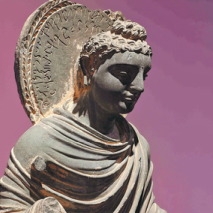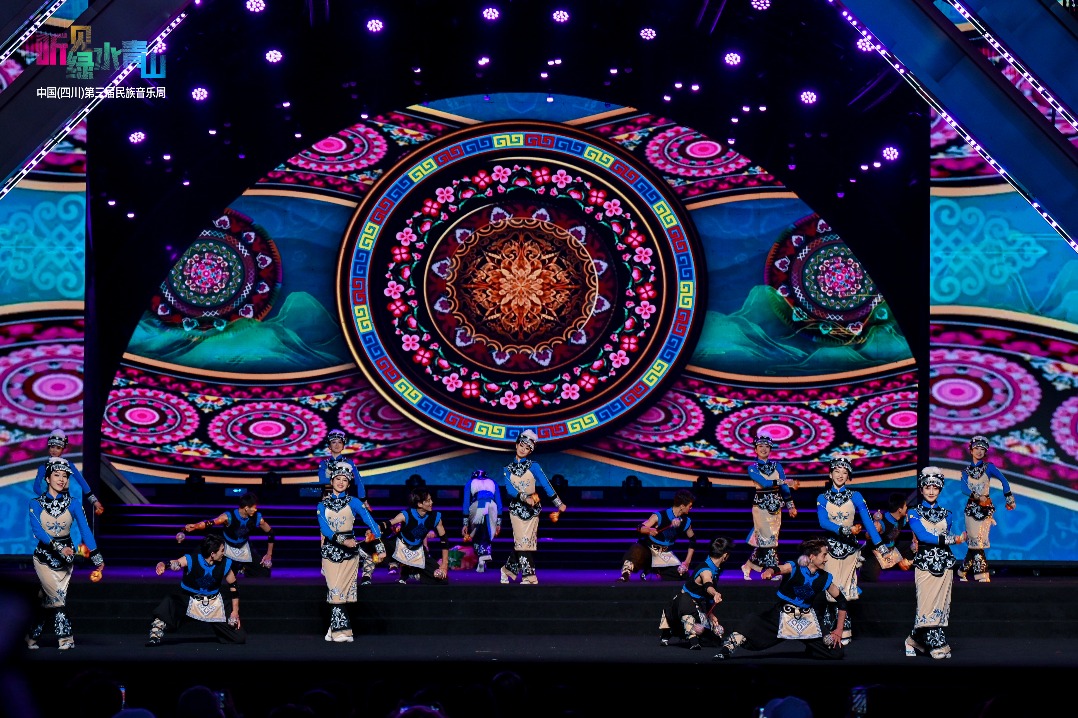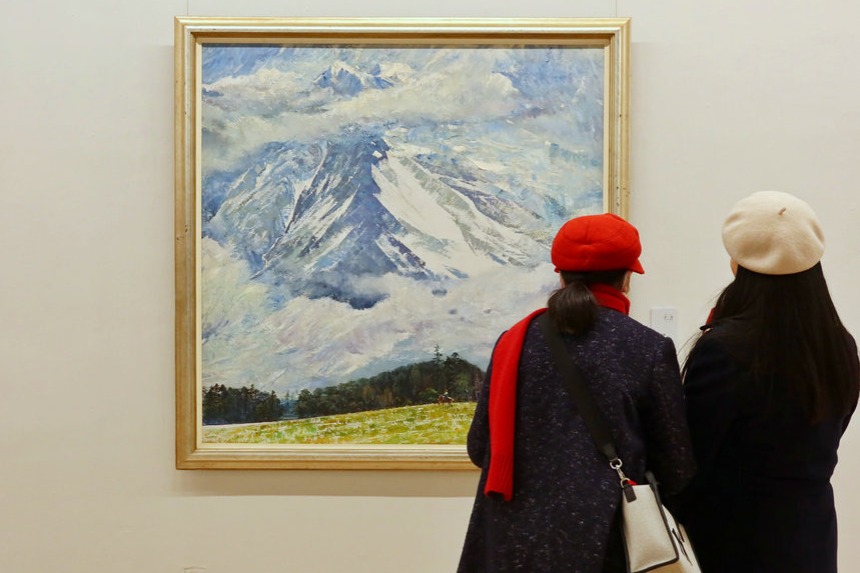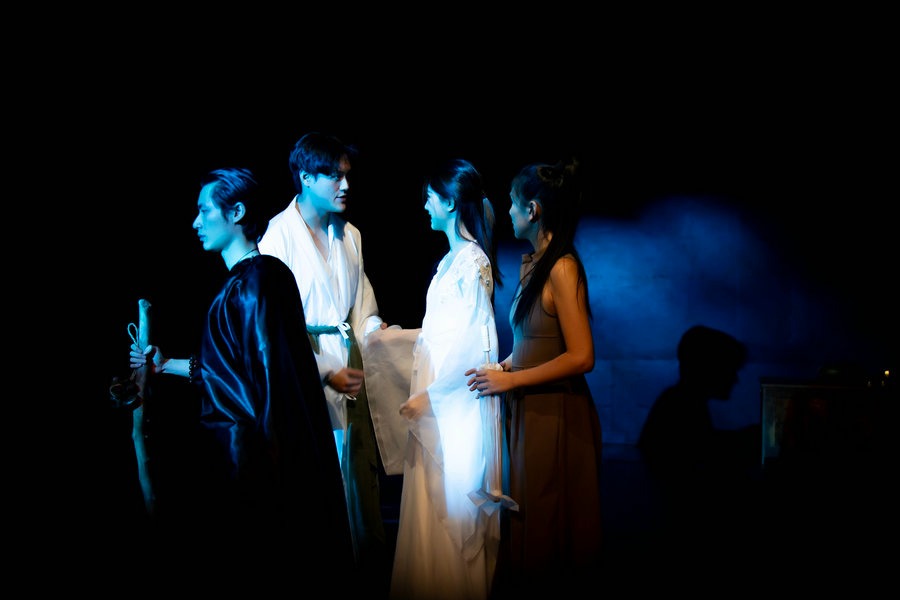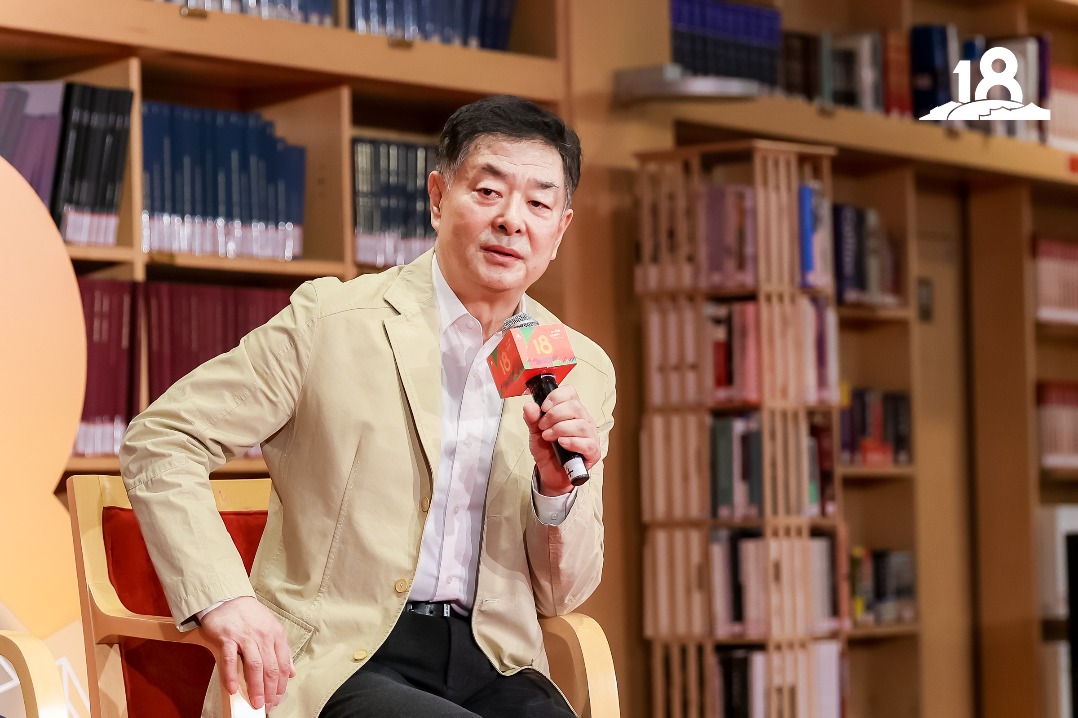What's on

A bullish display
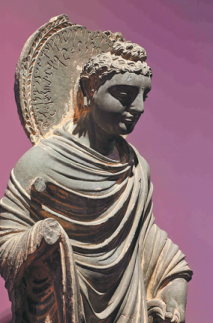
The Lasting Charm of Cultural Relics, an ongoing exhibition at the Sichuan Museum, in Chengdu, examines the long-standing influence of the exchanges among different civilizations in the East and the West which were boosted by the ancient Silk Road. The exhibition, through March 20, uses nearly 300 artifacts to reflect the diversity and dynamics of these cultures. The objects on display are largely from the collection of the Hirayama Ikuo Silk Road Museum, which was built by Ikuo Hirayama, the late Japanese painter and collector of antiquities related to the Silk Road. There are also collections from the Sichuan Museum, the Shaanxi History Museum in Xi'an and the Gansu Provincial Museum in Lanzhou, among others. A bull head-shaped ceramic wine cup dating back to the fourth century BC is among the highlights. Found in southern Italy, its body was painted with a scene from Greek mythology in which Zeus transforms himself into the form of a swan and attempts to seduce Leda. A worship of bulls is also reflected on a piece of bull-shaped pottery dated between 1,200 and 800 BC on show. The object discovered in West Asia is believed to be a wine holder once used at ceremonial occasions.
9 am-5 pm, Tuesday to Sunday. 251 Huanhua Nan Lu, Chengdu, Sichuan province.028-6552-1888.
Swanning around

The National Ballet of China will stage the classic, Swan Lake, which was composed by Tchaikovsky and premiered by the Bolshoi Ballet in 1877. The Chinese premiere of Swan Lake by the National Ballet of China took place in 1958 and the piece has become a classic of the company's repertory. Featuring dancers including Xu Yan, Fang Mengying and Li Wentao, the ballet will be performed with accompaniment by the symphony orchestra of the National Ballet of China under the baton of conductor Zhang Yi.
7:30 pm, Feb 4 to 6. National Center for the Performing Arts. No 2 West Chang'an Avenue, Xicheng district, Beijing.010-6655-0000.
A well-polished history

China's long history of using natural lacquer to make objects for daily use more beautiful and durable is evident in the lacquerware of Neolithic relics discovered around the country. Throughout centuries, the production of lacquer objects has grown to elevate the craft to a higher level of artistry. An exhibition now on at the Zhejiang Provincial Museum in Hangzhou, and set to run through Oct 23, 2022, reviews the glory of lacquer art in ancient China, showing around 87 fine examples of the craft from the museum's collection and which dates between the Song (960-1279) and Qing (1644-1911) dynasties. The show begins with a prosperous scene of lacquering in Jiangsu and Zhejiang provinces, two major production hubs in the Song era. By then, the industry had developed a variety of delicate carving and embellishing techniques for lacquerware. The Ming Dynasty (1368-1644) witnessed another triumph in lacquer work, when more manufacturing centers emerged in South China. As the imperial capital was relocated to Beijing, the techniques were introduced to the northern region, and studios were established at the court to tailor lacquer objects for the ruling class. Qingera ruler, the Qianlong Emperor, was known for his extraordinary cultural taste. During his reign, lacquer objects with sophisticated patterns became a glamorous highlight of imperial art. Popular motifs on lacquerware included clusters of flowers of various species and depictions of literary classics, which depicted the leisurely lifestyle of scholars.
9 am-5 pm, Tuesday to Sunday. 25 Gushan Lu, Hangzhou, Zhejiang province. 0571-8601-3085.
Musical airs
Under the baton of conductor Hong Xia, the Traditional Orchestra of the China National Opera and Dance Drama Theater will deliver a concert featuring pieces by Chinese composers, including Zhao Jiping's Airs of the State, Wang Yunfei's guzheng (Chinese zither) concerto, Lanting, and Ren Tongxiang's suona (a double-reeded horn) solo work, All Birds Paying Homage to the Phoenix. Composer Zhang Zhao's orchestral suite, Harmony of Seven Colors, will close the concert.
7:30 pm, Feb 5. National Center for the Performing Arts. No 2 West Chang'an Avenue, Xicheng district, Beijing. 010-6655-0000.


